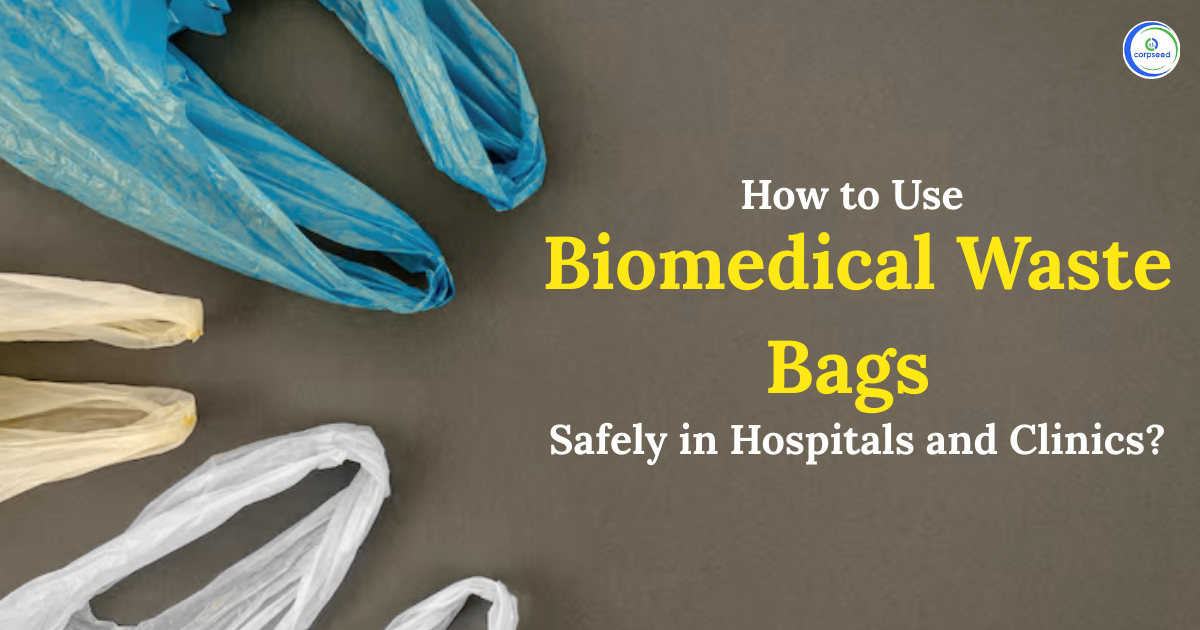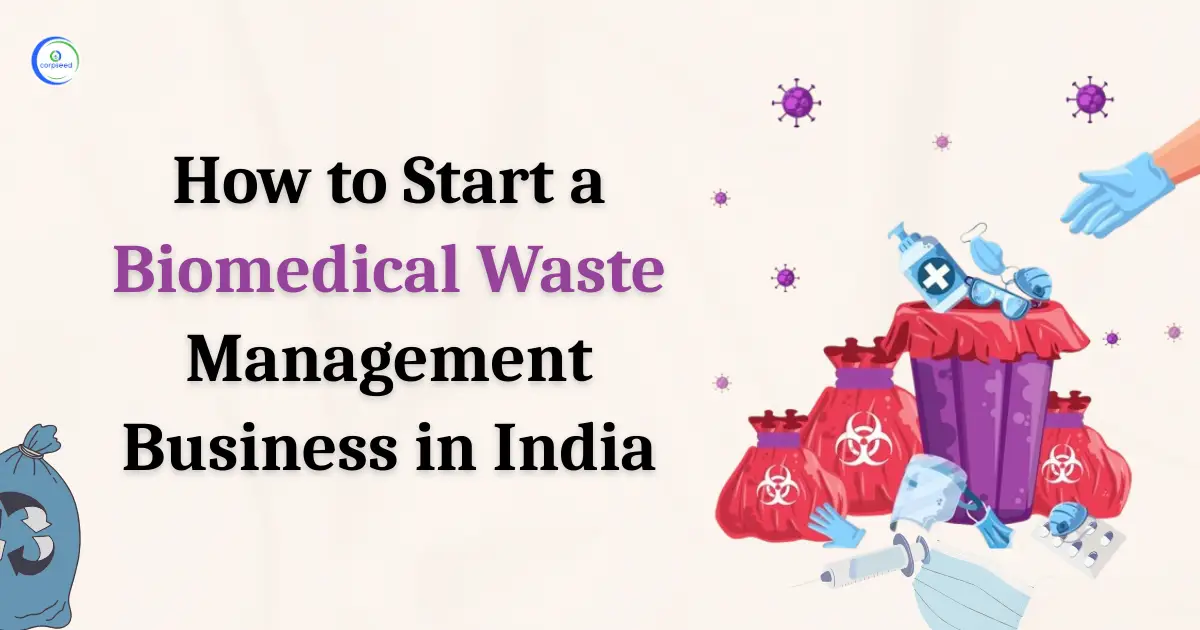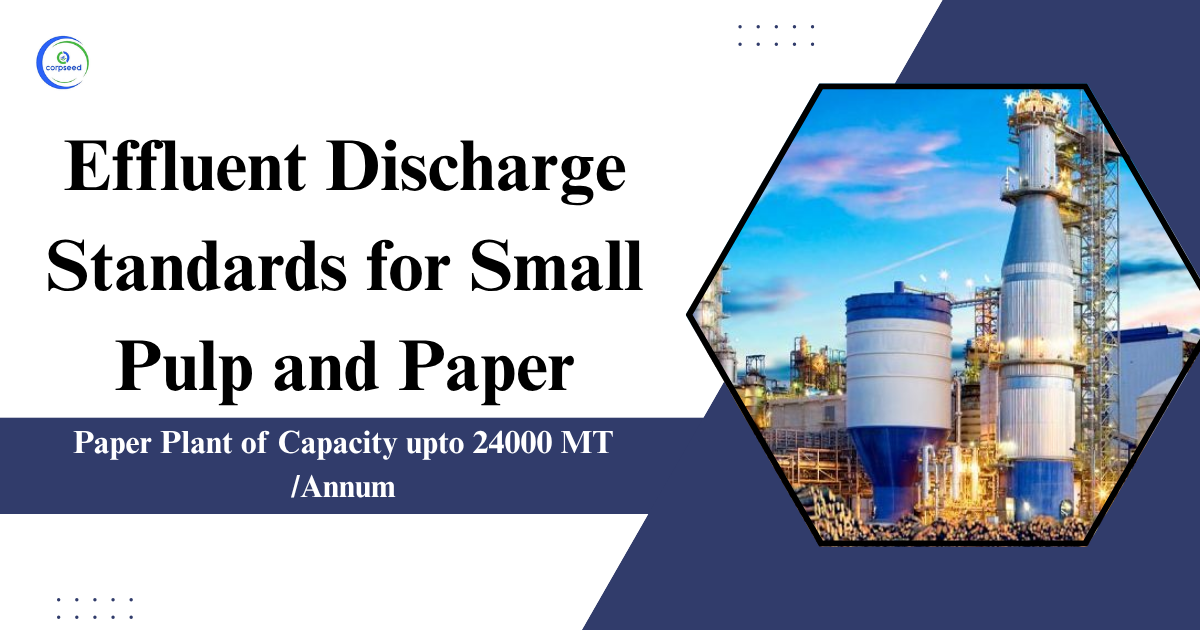Effects of E-Waste
India is a country that majorly lacks the technique to dispose of E-Waste correctly. The country turns out to be a dumping ground for developed countries in order to get rid of their unused/spoilt electronic items. The management dealing with E-waste in India lack proper awareness and precaution of the disposal mechanism. They end up openly burning items that release fumes into the air which are extremely toxic if inhaled. They further go on to dump the residue or resell it to other countries which in turn hampers the management of e-waste in our country. The formal sector deals with e-waste extracting precious items through burning plastic and waste. At times in case of disposal, harmful items tend to mix either into a water body or into the soil. Exposure to these gases causes ill effects on human health.
Table of Contents
--------------Blog Contact Form-------------
Read Our Blog: E-waste Management Technique in India
Kinds of Wastes
Waste all around the world is accumulated through different methods. One of the first organizations to have followed a concept that focuses on minimizing waste within manufacturing units was Toyota. The company introduced a method of a minimal level of e-waste produced. Waste was further classified as per the following means.
- Imperfection
A product that does not comply with industrial standards and is not in a state to be used is imperfect. Due to imperfection, the raw materials and end materials used in making that product are ultimately wasted. Since the product was defective, it is bound to be discarded from the original lot. This practice would potentially harm the industry as well as make it lose customers. To avoid such issues, it shall be observed that a more efficient system shall be followed to avoid product defects.
- Overstock
Overstocking refers to the overproduction of an item. Items are produced more than what is required and so are bound to go unused. This leads to the product being disposed of. It creates one of the major causes of e-waste mismanagement. An overproduced item is built up through capital, labor, and materials, and in the end, if they aren’t used, are disposed of which adds to excess emissions and hazards. The overstocking of an item may lead to severe environmental defects.
- Storage
The excessive storage of products in an inventory indicates that they may not be used anytime soon. Items are simply kept in a place where they are unprocessed. During this time, these items occupy space and containers, and there exists an added expense of transport. In due process, an additional amount of resources may be used to maintain these goods.
- Wasteful Labour
The term refers to the action of either a machine or a person that in some way or another adds value to the end product. Such action is intended to enhance a product that is not required. Such an action refers to wasteful labor. The needless usage of materials and capital results in extra environmental costs.
- Extra-production
Sometimes a resource is processed for irrelevant purposes and therefore results in unnecessary usage of materials. Something additional that in the end adds no value to the product and is of no use to the customer is referred to as an extra product.
Legal Aspects
One of the first provisions to deal with the environmental hazards of E-waste was the Basel Convention. It was established to prevent the movement of hazardous and waste electronic items across countries. The convention laid down issues that dealt with highly toxic and hazardous substances. In India, the legislation that dealt with E-waste and its management was the Environment Protection Act of 1986. The year also marks India’s most tragic disaster, the Bhopal Gas Tragedy which was a major chemical accident that caused severe hazards to the environment and living beings. Following this, the next regulation that dealt with E-waste with hazardous substances was the Hazardous Waste (Management and Handling) Rules 1989. The regulation was initiated by the Central Government in July 1989. The Ministry of Environment, Forests and Climate Change (MoEFCC) focused extensively to introduce a regulation to deal with the concern of improper disposal of E-waste and hence brought about The Electronic Waste (Management and Handling) Rules in 2011 under Section 6 of The Environment (Protection) Act, 1986.
Enforcement Agencies
The Government delegates responsibility to certain authorities to regulate the laws and to check whether they are being followed. Following are the agencies in India that deal with the cons of improper E-waste disposal-
- Central Pollution Control Board (CPCB)
- State Pollution Control Boards (SPCB)
- Directorate General of Foreign Trade
- Port Authorities and Customs Authorities under the Customs Act, 1962
- Ministry of Environment and Forests, Government of India
Challenges for E-waste Management in India
- Less Awareness
A maximum of the people owning and disposing of electronic items are unaware of the dangers of improper methods. They do not understand the need to segregate waste items and how harmful conventional disposal methods would be for electronic items hence management of them is essential.
- Inadequate Enforcement
The legal regulations dealing with E-Waste management are weak and the compulsion to correctly dispose of these items is not strong hence the authorities must specify elaborate standards and codes on e-wastes.
- Poor Infrastructure
India does not hold appropriate and adequate space to dispose of large amounts of E-waste. Industries also have less capacity to process recycled items. Furthermore, the Government has approved a limited amount of certified centres for recycling these items.
What Can We Do?
- Extended Producer Responsibility (EPR)
EPR refers to the complete responsibility of a person to dispose of electronic waste. EPR covers were introduced as per provisions of the 2016 Act. A Producer Responsibility Organization (PRO) had been formed to collect E-waste and exchange them. The initiative aims on collecting items that can be refurbished or recycled. This was later introduced as a part of a legal provision where it was necessary to collect items for recycling/refurbishing. This is yet to be followed thoroughly across the globe. This further requires the collected items to be given to an authorized dealer/dismantler.
- Modernized techniques
The Government and citizens shall ensure the lowest collection of e-waste around them and shall rule out ordinary techniques of disposal. The Government may also provide financial support to establish mechanisms for faster and safer disposal of these wastes.
- Segregation
Electronic waste disposal shall have a dignified separation space and must not be mixed with other disposed items. Ensuring such a practice may avoid the unwanted burning of waste along with other items.
- Recycle, Refurbish or Dismantle
There is an urgent need to make people aware of the proper disposal of E-wastes. Depending upon the situation of the disposed of the item, it may either be recycled, refurbished, or dismantled. It shall be further maintained that such an action is done by an authorized person to ensure the least harmful method.
- Information on prices
The prices of e-waste and its components must be made clear to people. The start-to-end expense shall be made public weekly. This may also help understand the demand of processes.
- Provide Modern Technologies
The Government must ensure that machines and types of equipment required to recycle items are up-to-date and provide maximum efficiency.
- Strengthening the Informal Sector
An engagement with ground-level workers of the informal sector shall enable faster and easier redressal of issues. Grievances could be largely addressed at a platform where authorities may easily understand the need of the hour.
Conclusion
Although a great challenge, E-waste management shall be addressed as an essential practice in the country. It may hereby lead to severe health issues and hazards if not paid attention to. Competent authorities shall enable measures to perform the functions necessary and must strictly ensure a sustainable manner of E-waste disposal.
E-Waste
E-waste recycling in India is important to reduce electronic waste, recover valuable resources, and promote sustainable growth. The e-waste recycling plant helps to minimise e-waste and collect valuable metals to be used later.
E-Waste Dismantling
The E-Waste rules apply to every manufacturer, producer, consumer, bulk consumer, collection centers, dealers, e-retailer, refurbisher, dismantler and recycler involved in manufacture, sale, transfer, purchase, collection, storage.
EPR Authorization
EPR Registration is done by manufacturers, importers, and brand owners (PIBOs) of electrical and electronic equipments (EEE). The main objective of EPR is to encourage producers or manufacturers to design products that are easier to recycle and dispose of responsibly. EPR applies to various sectors, including electronics, packaging, batteries, and more.
This portion of the site is for informational purposes only. The content is not legal advice. The statements and opinions are the expression of author, not corpseed, and have not been evaluated by corpseed for accuracy, completeness, or changes in the law.
BOOK A FREE CONSULTATION
Get help from an experienced legal adviser. Schedule your consultation at a time that works for you and it's absolutely FREE.


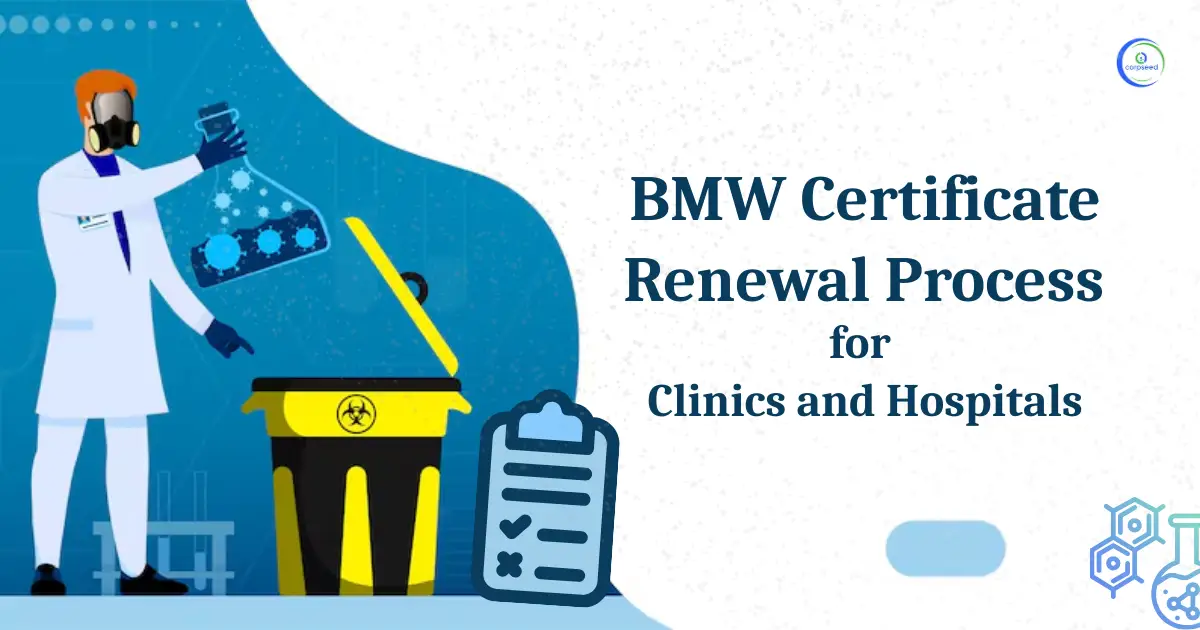
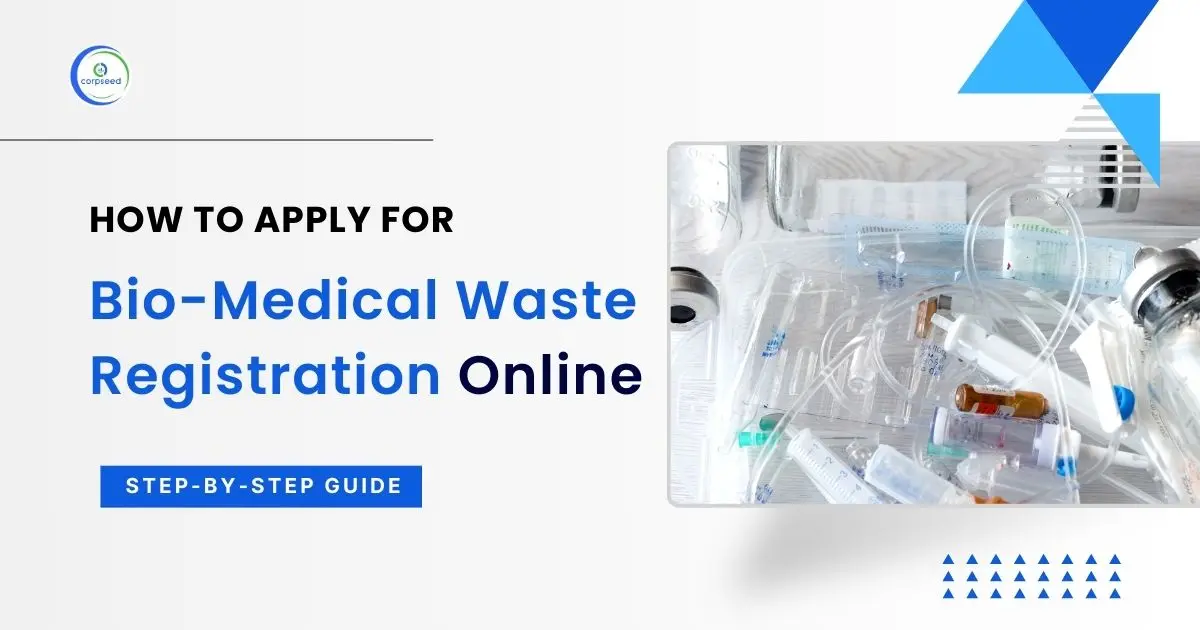
.webp)
